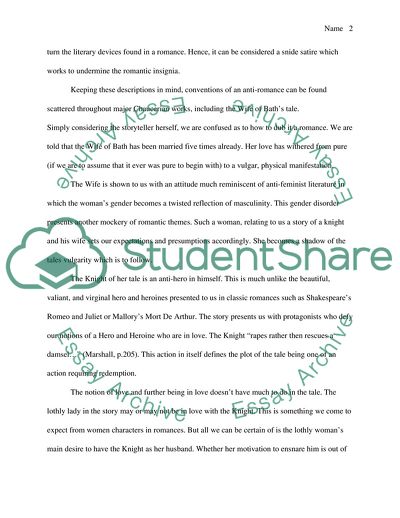Cite this document
(The Canterbury Tales by Chaucer Book Report/Review, n.d.)
The Canterbury Tales by Chaucer Book Report/Review. Retrieved from https://studentshare.org/literature/1732107-to-what-extent-does-chaucer-write-anti-romance-you-should-discuss-at-least-two-texts-that-you-have-studied-this-year
The Canterbury Tales by Chaucer Book Report/Review. Retrieved from https://studentshare.org/literature/1732107-to-what-extent-does-chaucer-write-anti-romance-you-should-discuss-at-least-two-texts-that-you-have-studied-this-year
(The Canterbury Tales by Chaucer Book Report/Review)
The Canterbury Tales by Chaucer Book Report/Review. https://studentshare.org/literature/1732107-to-what-extent-does-chaucer-write-anti-romance-you-should-discuss-at-least-two-texts-that-you-have-studied-this-year.
The Canterbury Tales by Chaucer Book Report/Review. https://studentshare.org/literature/1732107-to-what-extent-does-chaucer-write-anti-romance-you-should-discuss-at-least-two-texts-that-you-have-studied-this-year.
“The Canterbury Tales by Chaucer Book Report/Review”. https://studentshare.org/literature/1732107-to-what-extent-does-chaucer-write-anti-romance-you-should-discuss-at-least-two-texts-that-you-have-studied-this-year.


